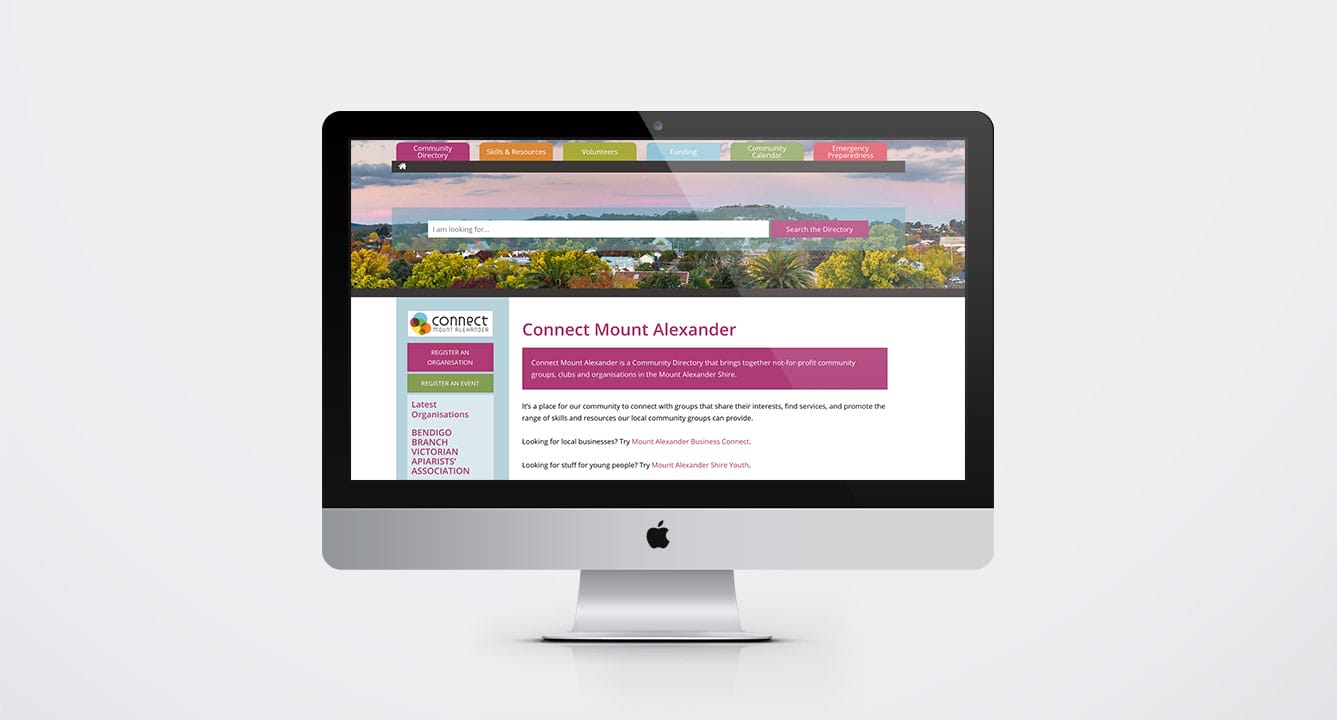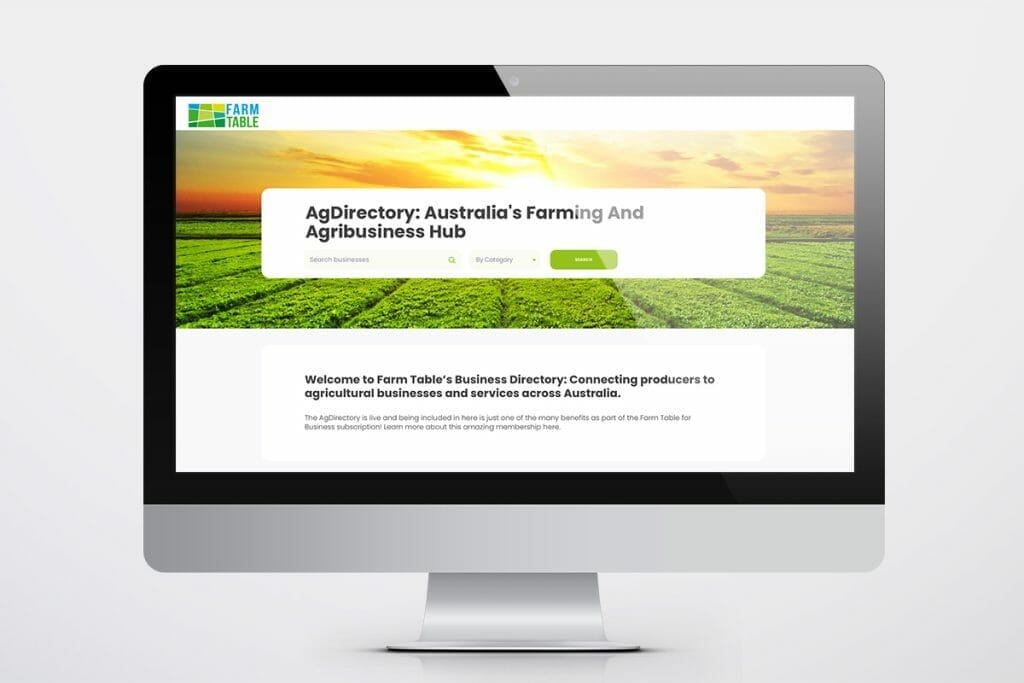
Community Directories
A lot of local councils are taking up building community directories as part of their strategy to strengthen their communities. Some of the existing directories are quite good, comprehensive and easy to navigate and some are visually messy and confusing to use.
An online directory is a convenient place to search for services, and community groups, and most people hop online for quick access to information these days. It makes sense to have a localised directory based on the needs of local citizens.
A good directory is a knowledge hub that builds connections between residents, community groups and services within a region. It empowers community engagement and charts community assets and resources in an online noticeboard that is of benefit to everyone.
What makes a good community directory?
Start with an engaging home page with a short introductory paragraph about the directory and the community it serves.
It should provide free public access to collated quality information, listing all services and community groups in a one-stop shop, preferably with consistent and attractive page layouts. Quality images are a bonus. If the budget is there then there is scope to develop a whole new branding package that considers logo, colour palette, typography, graphics and social media images. Choosing colours and images that are immediately relatable to local residents will be more encouraging and recognisable.
Your directory should build on the most basic functions for a simple user experience with a straightforward easy to navigate interface, accommodating all community members, even those with limited internet experience. It needs a simple, readable and obvious search and filter bar at the top of the site so users can search by category, organisation or keyword to find everything from small volunteer groups to large service organisations. There should be links to useful services per category.
For listings, you need a simple membership form to sign up online at the front end of the directory. Members should be able to submit their information for free and easily manage their profile via their login details. The membership form should provide fields that list name, and contact details including address, opening times, listing category and a brief description with links to the website, Facebook, Instagram, LinkedIn and Twitter accounts.
Each entry needs a small introductory profile, who they service, the areas they service, whether there is disability access and a list of keywords. You could get fancy by having an ‘add to favourites’ button so users can bookmark their most accessed services.
Maximum usability
To maximise usability, email addresses can be rendered as a hyperlink that will generate a new email message for enquiries. Phone numbers can also be rendered to facilitate a click-to-call on mobile devices and websites can be hyperlinked to open in a new window in the browser. Address information can be rendered as a map and/or as a hyperlink that would allow the address to be viewed in Google Maps (preferably in an external window in the browser).
Scalability
Directories are built to grow and therefore are scalable, expanding with new listings and information as needed. It should be able to be done in-house by admin staff rather than outsourced to expensive web developers who charge by the hour to do minor updates.
SEO
A good SEO strategy will strengthen your directory, keeping up to date with keyword research and ranking high with search engines. This will increase traffic to the directory thus contributing to the connectivity of your community.
Calendar
A centralised calendar of events can be incorporated into the directory so members can enter events, course dates, council meetings and announcements, and the public can stay informed of happenings with increased participation rates.

We Push Buttons Community Directory Design
We Push Buttons have had the opportunity to build a wonderful community directory, Connect Mount Alexander. Mount Alexander Shire council approached us to build theirs. The Shire wanted a directory that was a convenient place for its residents to connect with local services and resources. They wanted this directory to be a central knowledge hub that empowers residents to make connections and improve the livability of the region.
Our design included a whole new branding package that included customised graphics and images of the Mount Alexander area. The branding package was accompanied by a style manual of the design work so the council can keep their branding and look consistent for future web design.
Our aim was to make everything on the community directory Home page obvious and readable. A simple, clear filter bar on the Home page allows users to search by category, organisation or keyword. Members can update their profiles and submit content that is visible to the public. Memberships also include links to social media.
Email addresses and phone numbers are rendered to facilitate touch-to-call on mobiles and email messages on all devices. Address information is rendered as a pin on Google Maps in a sidebar widget. Everyone has access to the community directory calendar and community members get regular email updates of what’s on in the shire.
The best thing is that it is simple to use for the public and needs little management input from admin staff.
The second best thing is it connects the community.
